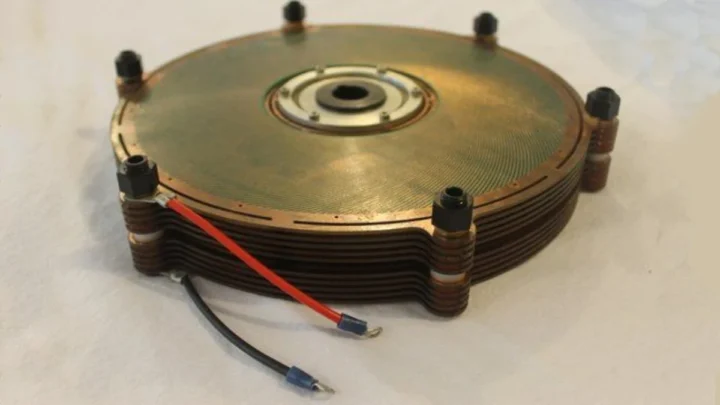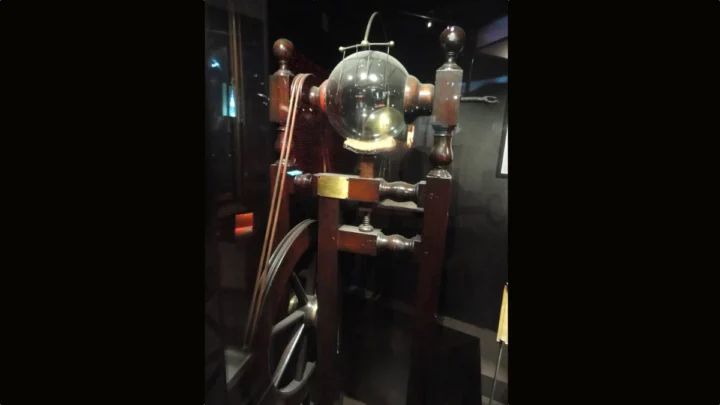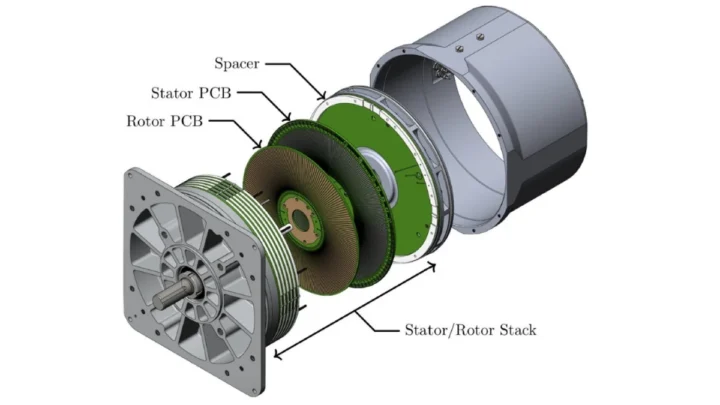The invention dates back to the 18th century and is the responsibility of Benjamin Franklin, one of the so-called founding fathers of the United States of America. It could be one of the ways to improve and advance electric motors for vehicles and experiments are already underway.
Technological advances continue to surprise by rescuing innovations from the past and giving them new applications. A notable example is the recovery of a technology pioneered by Benjamin Franklin to build more efficient electric motors. But what makes this technology so special? And how can it, nowadays, be applied to solve modern challenges in energy efficiency?
Benjamin Franklin (1706-1790) was one of the most influential figures of the 18th century. Political, scientist, inventor and one of the “founding fathers” of the United States of Americaca, Franklin stood out in several areas of knowledge. One of his most famous contributions was in the field of electricity.
He is widely recognized for his famous kite and lightning experiment, which demonstrated that lightning is a form of electricity. This discovery laid the foundation for the study of electricity and the development of subsequent technologies.
But among his many inventions, Franklin developed the electrostatic motora technology that used static electricity to generate movement. Although rudimentary and impractical for its time, the principle underlying this engine ended up being an inspiration for many of the technological advances we know today.
However, it was only with the development of modern electricity that the true potential of this innovation began to be understood.

Franklin's technology and modern electric motors
Thus, what is currently being recovered is the principle of the electrostatic motor, a machine that converts electricity into motion through electrostatic forcesrather than electromagnetic forces, which are typically used in modern electric motors.
In conventional electric motors, electromagnetic induction is used to create rotary movement. However, Franklin's electrostatic technology is based on electrical charges accumulated on surfaces, creating a force of attraction and repulsion that generates movement.
This concept is being recovered and adapted to contemporary needs, especially in areas where greater energy efficiency and lower environmental impact are sought.
Electrostatic motors have the potential to offer some important advantages over traditional motors. In particular, they can be lighter and have less energy losses under certain conditions, making them promising for applications that require maximum efficiency, such as precision medical devices, for example.

The glass globe rotating against the bottom pad develops static charge, which is conducted by the metal needles at the top.
How can it be applied?
Although the technology is still in the experimental phase, the possibilities are vast. One of the main Advantages of the electrostatic motor are its energy efficiency. Compared to electromagnetic motors, the electrostatic motor has fewer moving components and can operate at lower temperatures, which reduces energy losses through heat. This could make it particularly useful in areas where energy consumption is a critical factor, such as the electric transport sector and the robotics industry.
Another promising field of application is in device miniaturization. You Electrostatic motors can be manufactured in much smaller sizes than electromagnetic motors, making them ideal for applications in portable electronic devices or even medical implants, where space and efficiency are essential.
Furthermore, the low environmental impact of this technology makes it an attractive option for a world increasingly focused on sustainable solutions.

Internal structure of the electrostatic motor.
(Image: Baoyun Ge et al. - 10.1109/TIA.2018.2871886)
Challenges and future of technology
Despite its potential, electrostatic motor technology still faces challenges. The main difficulty lies in producing electrostatic voltages strong enough to generate significant movement in large engines, such as those used in vehicles. However, progress in advanced materials and manufacturing techniques can help overcome these barriers.
Laboratories and companies around the world are currently studying the feasibility of this technology and developing prototypes. If successful, the electrostatic motor could revolutionize the way we view electric motor design, making them more efficient, lightweight and environmentally friendly.
In this way, the recovery of a technology pioneered by Benjamin Franklin to build more efficient electric motors demonstrates how the past can illuminate the future.
If the challenges are overcome, this technology could have a profound impact on several sectorsfrom transportation to electronics, representing yet another step forward in the transition to a more sustainable and technologically advanced future.
Source: pplware.sapo.pt


